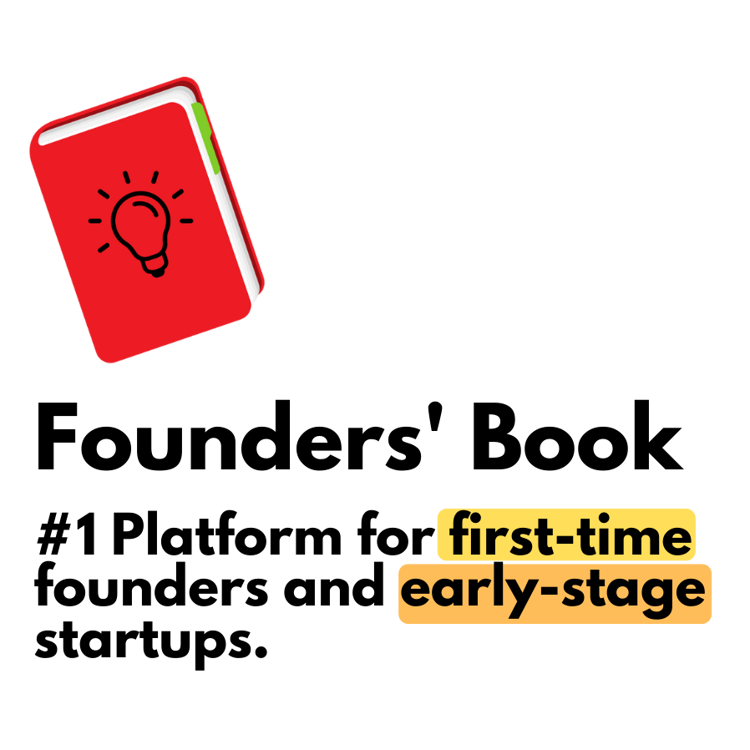Glossary / Distribution Plan
Distribution Plan
A distribution plan outlines how a company will deliver its products or services to its target market. It includes the strategies and tactics that will be used to reach customers and ensure that products are available when and where they are needed. Here are some key elements to consider when developing a distribution plan: 1. Target market: Identify the specific customer segments that your product or service is intended for. This will help determine the most effective distribution channels to reach them. 2. Channel selection: Determine the most appropriate distribution channels for your product. This could include direct sales through your own website or physical stores, selling through retailers or distributors, or using online marketplaces. 3. Channel partners: Identify potential partners such as retailers, distributors, or wholesalers who can help you reach your target market. Evaluate their capabilities, reputation, and reach to ensure they are a good fit for your distribution strategy. 4. Logistics and transportation: Develop a plan for how your products will be transported from your manufacturing or storage facilities to the end customer. Consider factors such as shipping costs, delivery times, and any special requirements for handling or storage. 5. Inventory management: Determine how much inventory you need to have on hand to meet customer demand. Consider factors such as lead times, production capacity, and seasonality. 6. Promotions and marketing: Develop a plan to promote your products and generate demand. This could include advertising, public relations, social media marketing, or other promotional activities. 7. Customer service: Consider how you will provide customer support and handle returns or exchanges. This could include a dedicated customer service team, online chat support, or a self-service portal. 8. Monitoring and evaluation: Establish metrics and key performance indicators (KPIs) to track the success of your distribution plan. Regularly review and analyze the data to identify areas for improvement and make adjustments as needed. Remember that a distribution plan is not a one-time activity but an ongoing process that requires regular monitoring and adjustment. As your business grows and evolves, your distribution strategy may need to be updated to ensure it continues to meet the needs of your target market.

